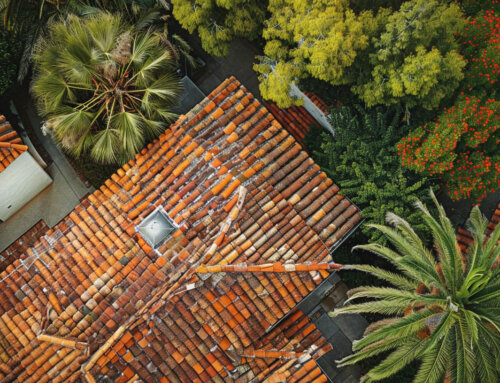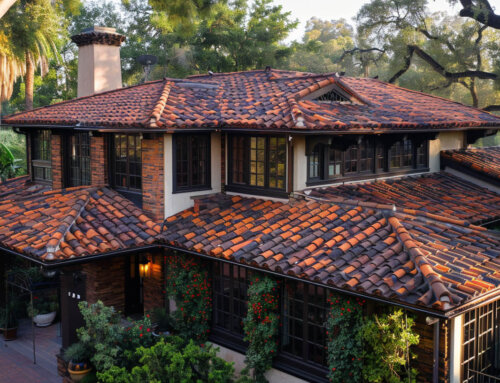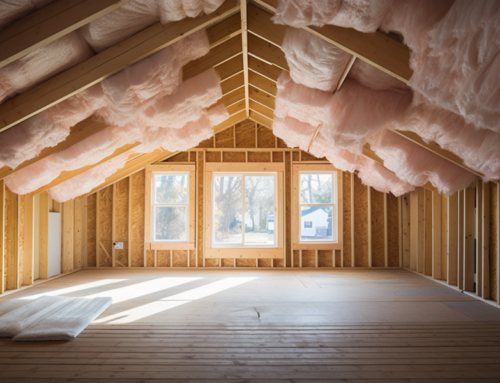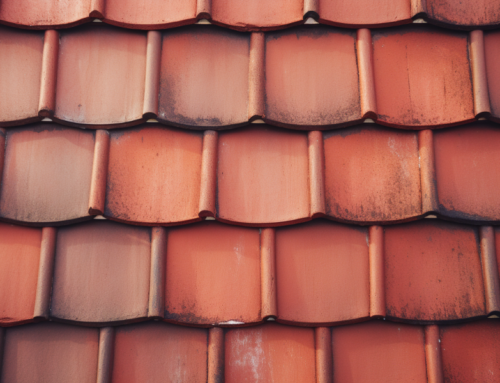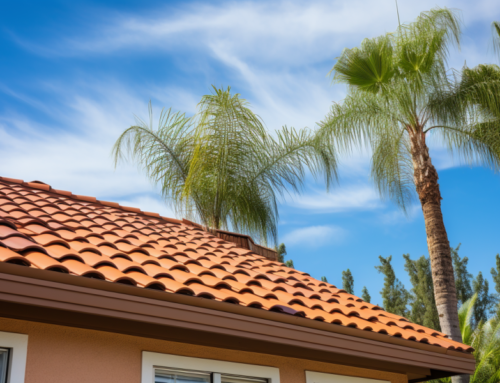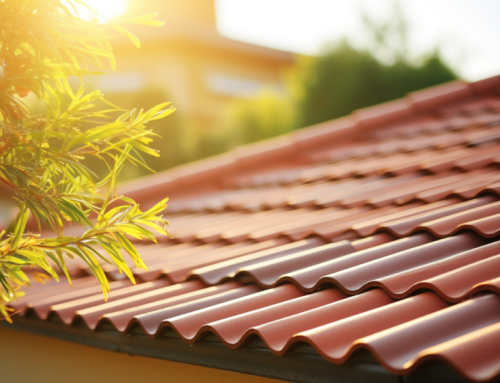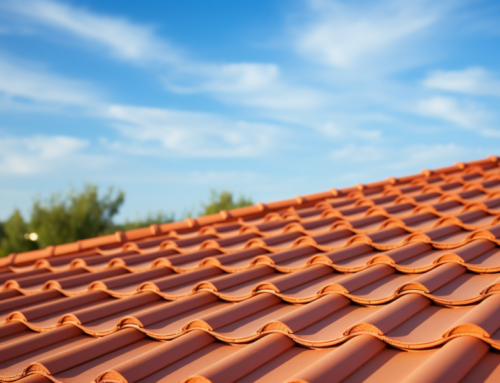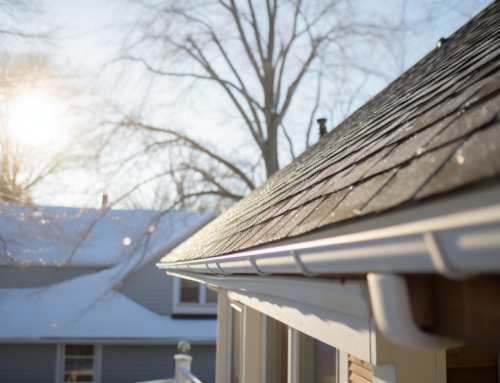When it comes to the world of roofing, understanding the jargon used by professionals can be a game-changer. Whether you’re a homeowner looking to make informed decisions or a budding enthusiast eager to delve into the intricacies of roofing, familiarizing yourself with these terms is essential. Here, we break down some of the most commonly used roofing terms to empower you with knowledge.
Asphalt Roof: The Timeless Choice
Asphalt shingles continue to be a top choice for many homeowners. Their cost-effectiveness combined with their durability makes them a reliable roofing material. While there are newer materials in the market, the classic appeal of asphalt roofs remains unmatched.
Cedar and Wood Shake: Nature’s Beauty
Wood shingles, particularly cedar, offer a unique aesthetic appeal. Their natural and rustic look sets them apart from conventional roofing materials. Beyond their beauty, they are competitively priced, making them a favorite among those who value both form and function.
Metal Roofs: The All-Weather Shield
Metal roofs stand out for their resilience. Designed to withstand various weather conditions, they are composed of materials like zinc, stainless steel, copper, and aluminum. Their ability to resist extreme weather conditions makes them a preferred choice for many.
Slate and Tile: Versatility at its Best
For those who prefer a touch of customization, slate and tile offer a plethora of color options. These materials are not only versatile but also lightweight, making them suitable for DIY installations.
Rubber Roof: The Modern Alternative
Mimicking the appearance of asphalt shingles, rubber roofs have piqued interest in recent times. Their durability, coupled with a competitive price point, positions them as a modern alternative to traditional roofing materials.
Decking: The Roof’s Foundation
Often made from plywood, decking serves as the base for other roofing materials. It acts as the foundation, ensuring stability and support for the entire roofing structure.
Drip Edge: The Guardian Against Water Build-Up
This L-shaped metal strip, installed along the roof’s edges, ensures that rainwater drips away, preventing accumulation on the decking, siding, and eaves.
Fascia: The Frontline of the Overhang
Fascia refers to the boards on the front edge of the roof’s overhang. Typically made from materials like aluminum, vinyl, or wood, they play a crucial role in the roof’s aesthetic appeal.
Roof Flashing: The Protector of Intersections
Flashing consists of metal sheets that prevent water from seeping through various intersections in the roofing system. Whether it’s valleys, chimneys, or vent pipes, flashing ensures these vulnerable areas remain watertight.
Gutter: The Waterway System
Embedded into the fascia boards, gutters are essential for collecting runoff water from the roof. They ensure that water is directed away from the structure, preventing potential damage.
Roof Valley: Where Slopes Meet
Easily identifiable by its “V-shaped” depression, the roof valley is where two sloping planes of the roof converge. It’s a critical area that requires special attention during installation and maintenance.
At San Diego County Roofing & Solar, we believe that an informed client is an empowered one. Whether you’re considering roofing in San Diego or seeking the expertise of roofers in San Diego, understanding these terms ensures you’re well-equipped to make the best decisions for your home. Remember, when it comes to local roofing companies in San Diego, San Diego County Roofing & Solar stands out for its commitment to excellence and client education.



